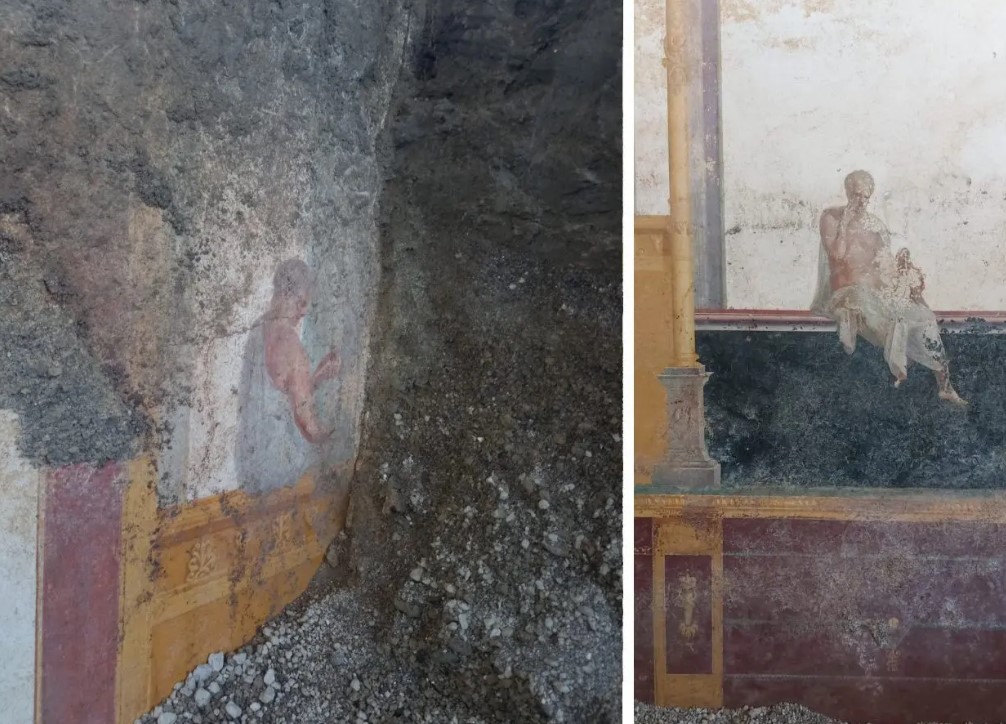Metal Detectorist Unearths Remarkable Gold Treasure Hoard on Rennesøy Island, Stavanger, Norway
In an astonishing discovery, metal detectorist Erlend Bore struck gold, quite literally, on the island of Rennesøy in Stavanger, Norway. This remarkable find, conducted on private land with the landowner’s consent, has unearthed an extraordinary treasure trove of gold artifacts.
The discovery includes nine coin-like gold pendants adorned with rare horse symbols, along with ten exquisite gold pearls and three intricately designed gold rings. Recognizing the significance of his find, Mr. Bore promptly contacted the local county council, who, in turn, alerted archaeologists from the Archaeological Museum / Jernaldergården University of Stavanger.
In Norway, the use of metal detectors is permitted by law when conducted with landowner approval and in accordance with the Norwegian Cultural Heritage Act of 1978. It’s worth noting that any objects dating prior to the year 1537 and coins dating before 1650 are considered state property and must be reported to the relevant authorities.

Associate professor Håkon Reiersen of the Archaeological Museum revealed that the gold pendants can be traced back to around AD 500, during Norway’s migration period. Although these pendants resemble coins, they are, in fact, known as “bracteates”—decorative jewelry that was fashionable between the 5th and 7th centuries AD. The gold used in crafting bracteates often originated from coins offered as peace payments by the Roman Empire to their Northern Germanic neighbors.
Professor Reiersen expressed, “The nine bracteates and gold pearls have formed a very showy necklace. The jewelry was made by skilled jewelers and was worn by society’s most powerful. It is very rare to find so many bracteates together. In Norway, no similar discovery has been made since the 19th century, and it is also a very unusual discovery in a Scandinavian context.”
Professor Sigmund Oehrl at the Archaeological Museum noted the rarity of this find, particularly highlighting a previously unknown horse motif featured on these bracteates. While most bracteates depict the image of Odin healing a horse belonging to his son—an act symbolizing renewal and resurrection, and believed to offer protection and good health to the wearer—the Rennesøy bracteates uniquely showcase only the horse figure, adding to their historical significance and intrigue.




